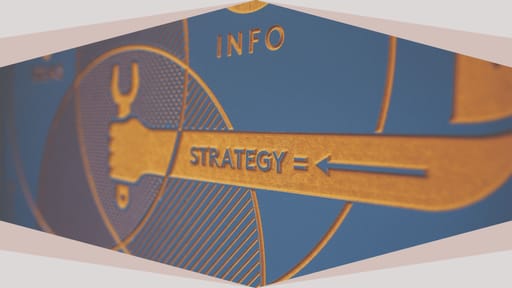Hell Is Other People: How to Navigate Different Personality Types

by Radina Nedyalkova

(This article was originally published on Visa Eleven)
“Hell is other people” – a timeless quote from Sartre’s play No Exit that perfectly synthesizes the complexity of human interactions and perceptions.
Dealing with other people in both business and personal context requires a set of skills and behaviors (the good news is that most of these can be taught or learned situationally). Whether you are leading strategic negotiations, hiring the first 10 people for your start-up or managing someone out – understanding the individual’s motivation, communication style and approach should be your leading tactic.
Who You Deal With
The most common type of personas you meet along the way can vary from gatekeepers (Executive assistants and Recruiters), procrastinators (“Let’s see how the leadership meeting will go in June and we might have an answer by July”), analysts (“I want to first get a deck with all pricing options, references and timelines before making a decision”) and ghosters (who just stop replying to your messages, phone calls and texts).
Bearing in mind the level of uncertainty when initiating a contact with these characters and setting your expectations from the very early stages will save you some frustration, disappointment and wasted time.
Based on our own preferences and the scenario at hand, we choose the approach that suits us the most – see the figure below which describes the 3 most commons personalities in the world of negotiations. Their titles differ over time, however the traits are the same:
-
The Competitor – assertive and result-oriented type, “in for the win”; the stereotype for a tough negotiator.
-
The Accommodator – the relationship-builder, looking for a win-win outcome. Usually relates to the social selling champion.
-
The Avoider – prone to avoid conflicts at all costs.
There is no such thing as the best approach or the best type to deal with – you have to take into consideration factors such as: cultural influence (how business is done with US clients is 180 degrees different to how you partner with Japanese stakeholders), type of corporation (SMB vs Enterprise; local vs global) and of course your product/services (B2B/B2C – automotive industry vs science for instance).
Doing your research is probably the most logical starting point and the first advice in all manuals and methodologies – from the Sandler methodology for social selling to recommended reads about winning at negotiations by Harvard. Call it market or competitor insights, investigating your client (or candidate), forecasting and planning, pipelining – it all circles around the idea of being proactive and knowledgeable.
The How
Now, the important piece is to learn how to identify the different types of individuals you will be dealing with and adopt a strategy that will ensure you have control over the situation or at least a level of influence.
1) Motivation
A simple rule: All people have an agenda, regardless of the business function, title and seniority, people are driven by either intrinsic (internal) or extrinsic (external) motivation. Asking the right questions to identify this can be the key to success. Incorporate sentences like “What are the main factors for your motivation?” or “Help me understand what is important for you” can allow you to break the invisible barrier.
2) Communication style
Direct vs indirect, written or verbal. In a digital era allowing virtual interactions, there are individuals who would not reply to your Slack message but would rather go for a walk in the local park. They might not pick up the phone, however they would reply to your WhatsApp text. Some might be offended if you go straight to the point without allowing room for a warm up. A recommendation would be a simple check “How do you prefer to communicate”? Set up a common frame that suits both sides – this way you establish transparency and partnership from the get.
3) Approach
Once you have the motivations and communication style, you can shape your behavior towards your counterpart in two main directions: “make them shine” or “light a fire under them”.
The first approach is focused on presenting an opportunity that will place the other person in the spot light. This can take the form of highlighting this opportunity to proactively resolve an issue that will arise in the near future, or increase productivity. By acquiring your solution, the other party could get internal recognition, a promotion, deliver better quarterly results and generally shine for all the right reasons..
The second technique resonates to individuals who are not afraid to act as Challengers and can push boundaries in order to achieve their goals. In a lot of occasions, the only path to success is by directing the attention to the pain, an existing problem that is damaging the brand/revenues/competitiveness/productivity of the company.
Furthermore, you can incorporate brutal honesty/radical candor – two quite popular concepts widely used in giving feedback, closing a deal and perhaps surprisingly, building a long-lasting relationships.
Last but not least, one of the top leadership skills prioritized in the business world is empathy.
Whether you chose to be the promoter or the devil’s advocate, you have to develop an ability to put yourself into the shoes of others. It is not just about feeling the same emotions – displaying cognitive empathy means rationally understanding and recognizing someone’s perspective.









